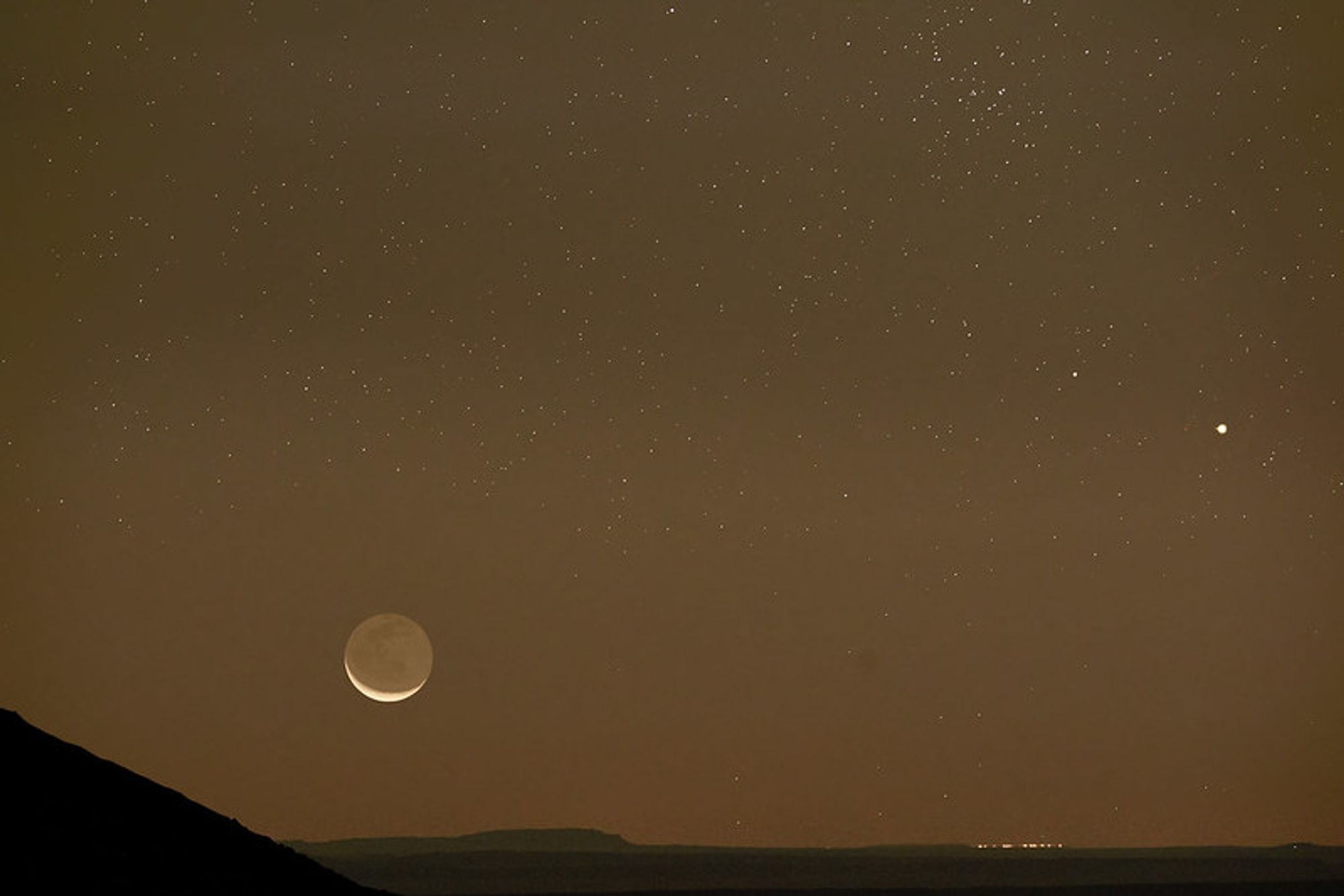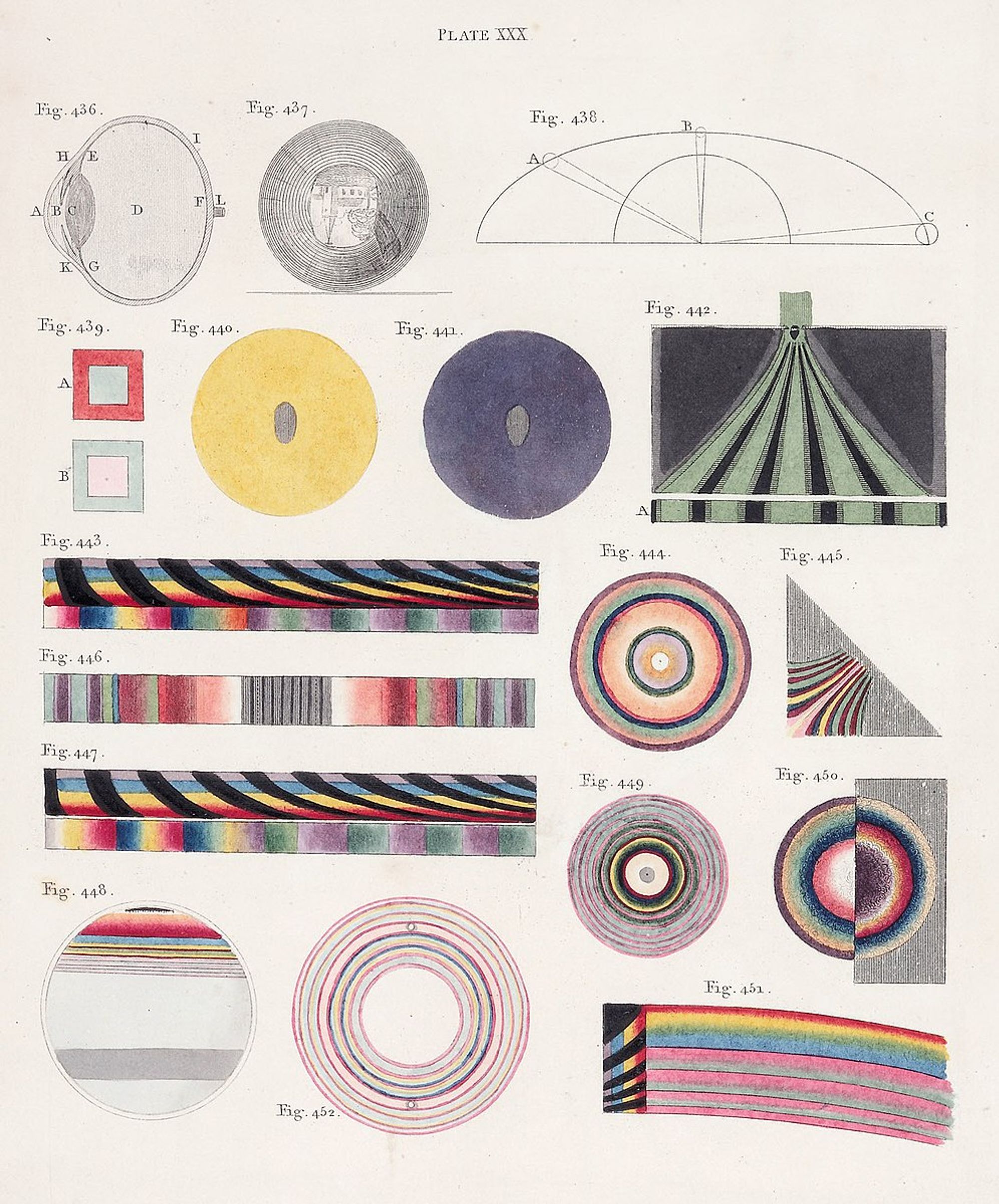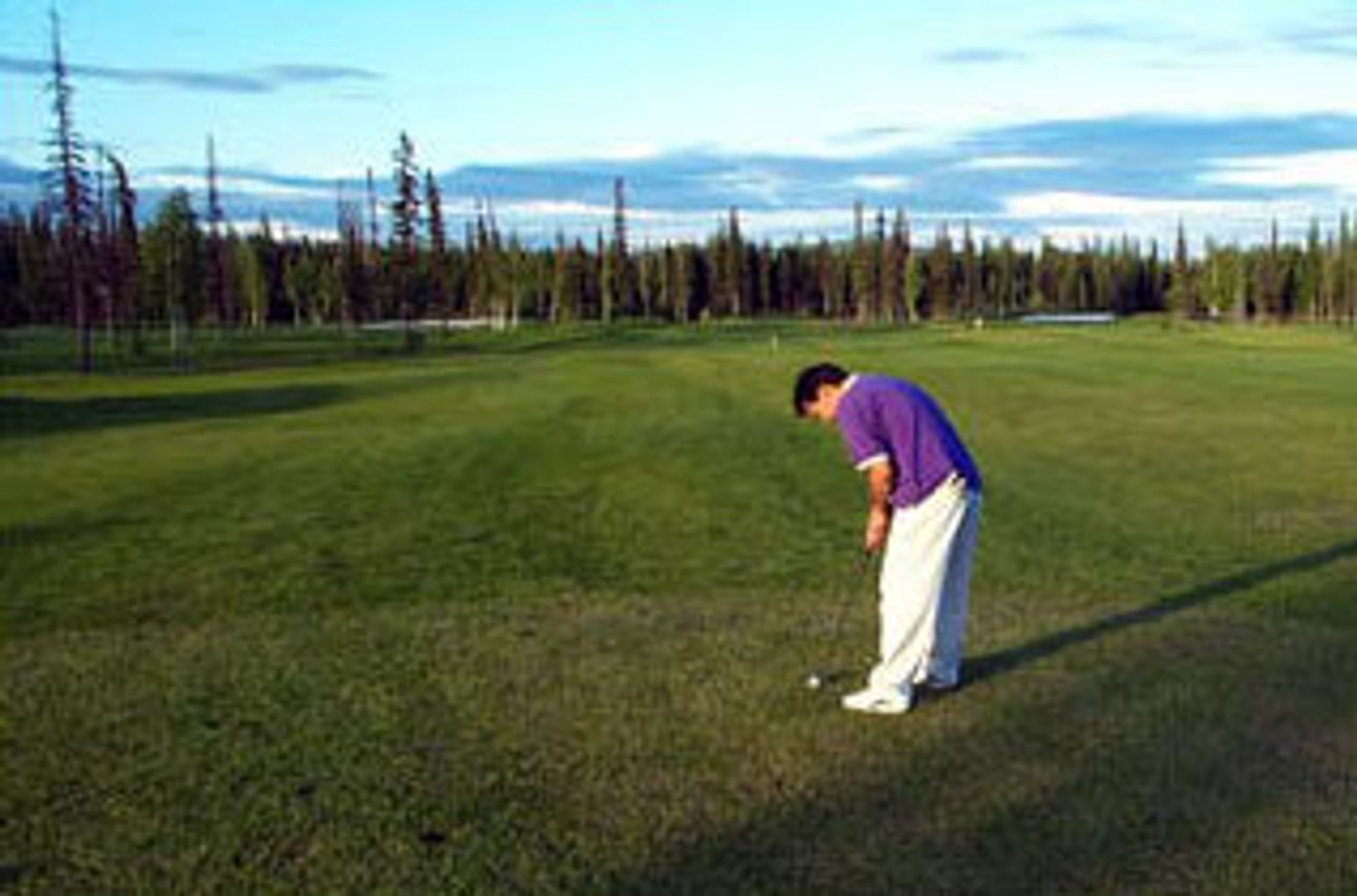Big Apple Sky Calendar: June 2023
In the 1990s, astronomy professor Joe Patterson wrote and illustrated a seasonal newsletter, in the style of an old-fashioned paper zine, of astronomical highlights visible from New York City. His affable style mixed wit and history with astronomy for a completely charming, largely undiscovered cult classic: Big Apple Astronomy. For Broadcast, Joe shares current monthly issues of Big Apple Sky Calendar, the guide to sky viewing that used to conclude the seasonal newsletter. Steal a few moments of reprieve from the city’s mayhem to take in these sights. As Oscar Wilde said, “we are all in the gutter, but some of us are looking at the stars.”
—Janna Levin, editor-in-chief
June 1
Sunrise 5:27 am EDT
Sunset 8:20 pm EDT
On every clear night in June, Venus and Mars will be staging a
tête-à-tête low in the western sky after sunset. About one to two hours
after sunset should be a good time. Venus is always the brighter (and
more westerly, meaning LOWER) of the two. On June 30th (see below), the two will appear in the same binocular field.
June 2
On this day in 1966, Surveyor I made the first American soft landing on the Moon (a few weeks after the Soviets). In addition to the 11,000 pictures it relayed, Surveyor established that it was even possible to make a conventional “landing.” It had been feared that the lunar surface might be covered with a meters-thick layer of dust. Because of low lunar gravity and frequent bombardment, that was in the realm of possibility. But we got lucky, and the Surveyor missions picked out a real peachy spot for the historic landing three years later, on the Sea of Tranquility.
June 3
Full Moon at 11:43 pm EDT.
June 4
Venus (or Aphrodite, as the Greeks called it) is now at “greatest eastern elongation.” This means “farthest eastward from the Sun.” Because Venus is an inner planet, it’s always seen pretty close to the Sun. That’s why it’s commonly known as “the Evening Star”—a name richly deserved in spring 2023, when it has graced the western sky every evening. On any clear night, if you have a half-decent western horizon, you can see this beautiful planet in the early evening, no matter how you observe it: naked-eye, binoculars, telescope.
June 12-13
On these nights, Venus passes through the Beehive star cluster. Great view with binoculars or a telescope, 50-80 minutes after sunset

June 13
Birthday of Thomas Young in 1773. Young is most famous for his wave theory of light—the first to explain interference phenomena. He made many discoveries in diverse fields: vision, mathematics, Egyptology, history, music, energy, and the theory of matter. And these were just his hobbies! His main job was as a physician—a doctor—and he went to some lengths to prevent his amazing scientific work from interfering with his medical practice. With good reason, he is frequently described as “the last man who knew everything.”

June 15
Sunrise 5:24 am EDT
Sunset 8:28 pm EDT
June 18
New Moon at 12:39 am EDT. With all that unwanted moonlight out of the way, this week is a great time for summer stargazing. Mars and Venus in the west in early evening (see also June 30th), the Summer Triangle (Vega, Deneb, Altair) nearly overhead at 1-2 am, and the center of the Galaxy (Scorpius-Sagittarius) in the south around midnight-2 am.
June 21
Summer (or June) solstice. Longest day of the year at all northern latitudes. At our latitude, it’s 15 hours and five minutes. At 67 degrees latitude, it’s 24 hours; no darkness—not even close. In Fairbanks, Alaska, they have an annual golf tournament where you tee off at midnight. And finally, at the North Pole, it’s “noon” all day; the Sun rose on March 21st and won’t set til’ September 23rd. No golf tournaments, though. The “land” is pack ice, and you’ll be repeatedly penalized two strokes for lost balls.

On the other hand, it’s the darkest (and perhaps coldest) of nights at the South Pole. The Sun hasn’t been seen in three months, and they (the technicians and scientists who are wintering over) have a “300-degree club.” You’re supposed to wait for a day when the outside temp is -100 °F… then strip, enter a sauna at +200 °F, run (about a hundred yards) to the monument that is the exact South Pole, and return. Apparently there’s not a whole lot to do for fun in winter at the South Pole.
June 22
Bertolt Brecht said it perfectly on a large curtain which opened the Inquisition trial scene, in his play Galileo:
June 22, 1633.
A momentous date for you and me.
Of all the days, that was the one,
An age of reason could have begun.
On this day, Galileo was convicted of heresy by the Roman Inquisition, and sentenced to lifetime house arrest. Brecht’s play beautifully captures the subtleties and tensions leading up to this moment, which mostly extinguished science in Italy and much of the Catholic world for centuries (the offending book, Dialogue Concerning Two Great World-Systems, remained on the official Index of Prohibited Books until 1835). Even at the time and within the Catholic hierarchy, the controversy of the verdict was recognized. Three of the ten Inquisitors did not sign the Oath—possibly members of the Jesuit order, which supported Galileo and has always been known for scholarship (plus, more recently, basketball).

There is a story that Galileo, after guilt was pronounced and the proceedings were finished, said quietly but audibly, “Eppur Si Muove” (And Yet It Moves), presumably referring to the Earth. In his book The Crime of Galileo, historian Giorgio di Santillana discusses the question, did he really say it? For a man just convicted by the Inquisition, it would have been a pretty snarky comment. Di Santillana eventually concludes: maybe… but if he did, the Inquisitors “would have done their best not to hear.”
June 26
First quarter Moon. High in the south at sunset, and setting in the west around midnight. True of all first quarter Moons; but for the casual observer, it’s worth noting, since it’s now easy to notice the Moon’s motion over a few hours.
June 30
Sunrise 5:28 am EDT
Sunset 8:31 pm EDT
June 30-July1
On these nights, Mars and Venus will be very close together in the sky—in astronomical parlance, a “conjunction”. A beautiful sight, low in the west about 40-80 minutes after sunset. Grab your binoculars and find a clear western horizon. Even an NYC park is probably good enough. ♦
Subscribe to Broadcast